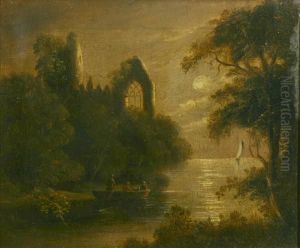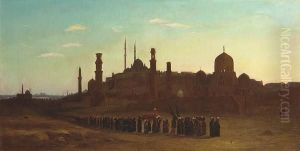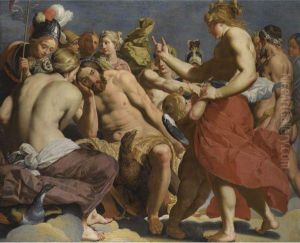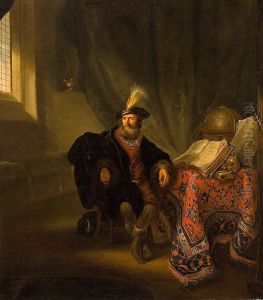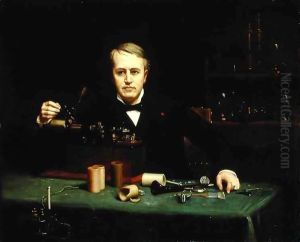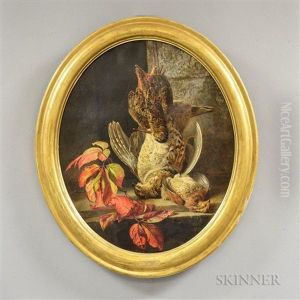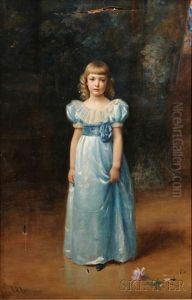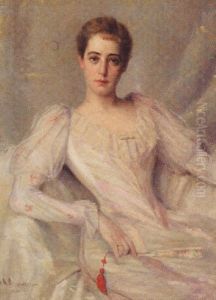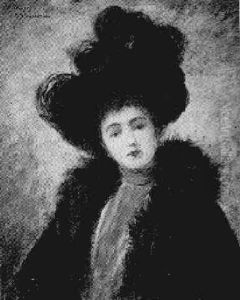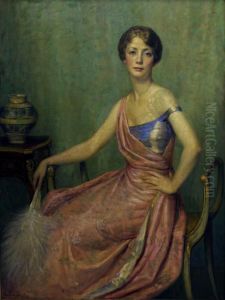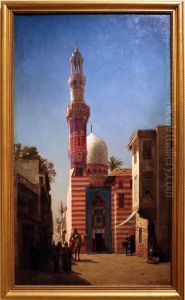Abraham Archibald Anderson Paintings
Abraham Archibald Anderson was an American artist known for his portraits, landscapes, and depictions of rural life. Born on August 11, 1846, in New York City, Anderson grew up in a wealthy family which allowed him to pursue his interest in the arts from a young age. He studied at the National Academy of Design in New York and later traveled to Paris, where he continued his education at the École des Beaux-Arts, one of the most influential art schools in France.
After completing his studies, Anderson returned to the United States and began to establish himself as a portrait painter. He created portraits of many notable figures of his time, including Thomas Edison and Woodrow Wilson. In addition to his portraiture, Anderson was also captivated by the American West and spent a significant amount of time painting landscapes and scenes of life in the western United States.
Anderson's talents were not limited to painting; he was also a philanthropist and supporter of the arts. He was instrumental in the establishment of the American Academy in Rome, which has since become a leading center for artists and scholars in the arts and humanities. His dedication to the development of the arts extended to his founding of the Grand Central Art Galleries in New York City, which provided a space for artists to exhibit their work and for the public to engage with contemporary art.
Throughout his life, Anderson remained an active member of the artistic community. He continued to paint and exhibit his work while also contributing to various arts organizations and charities. He passed away on April 27, 1940, in New York City, leaving behind a legacy as both an artist and a benefactor to the arts. Anderson's works can be found in various collections and museums, and his impact on American art and culture during the late 19th and early 20th centuries remains recognized.
